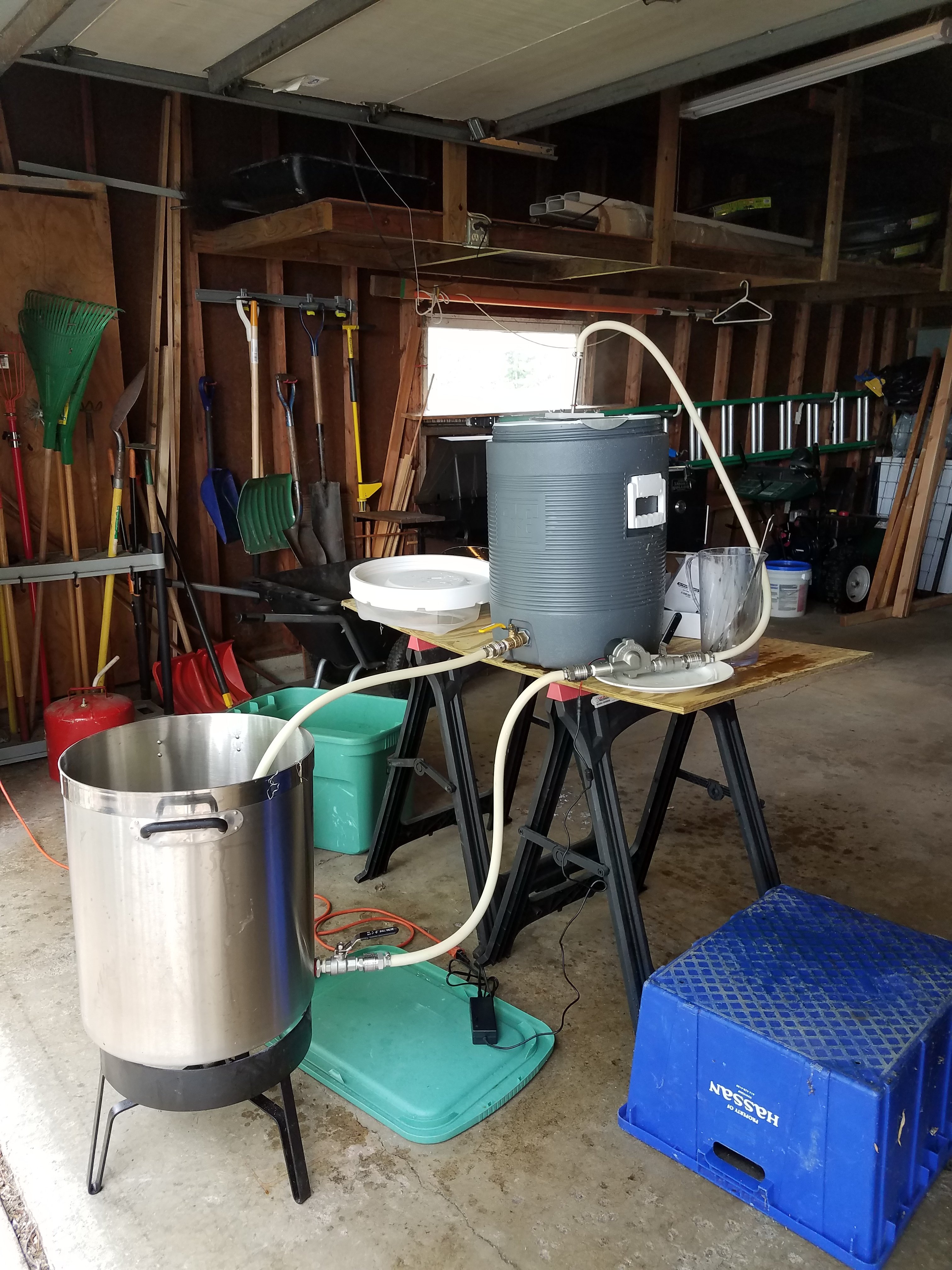I use a robobrew without the malt pipe. The grain bag sits on the false bottom that came with the robobrew and it definitely bends a little under the weight, but the false bottom is supported very evenly across the bottom and is only there to keep the bag off the heating elements. I also wet condition my grain before milling and most husks stay relatively whole, no stuck sparge at all since doing away with the malt pipe. I only open the valve controlling flow to 25% max to avoid compacting the grain bed and upsetting the top of the grain bed. My progression for the last 2 years has been-
- single pot BIAB--- 68% efficiency, copious amounts of trub and always had to use gelatin fining in keg to clear beer in reasonable time.
- robobrew used as intended--- 76% efficiency much clearer wort, but malt pipe is a pita
- robobrew used current way with batch sparge---- 83% efficiency, had to recirculate batch sparge for a long time and still got more cloudy wort.
- robobrew used current way with fly sparge--- 91% efficiency, crystal clear wort (until the hot break of course)
The only bad thing about the current method is adjusting my favorite recipes to taste the same with adjustments for the higher efficiency. I'm trying to rationalize the specialty malt amounts as a ratio of specialty grain to water volume instead of as a percentage of the malt bill.





